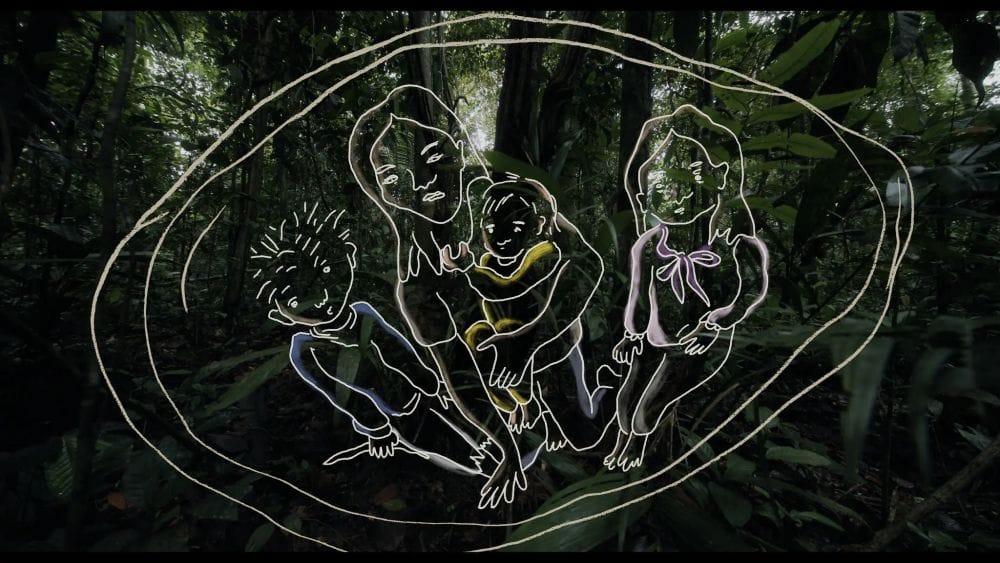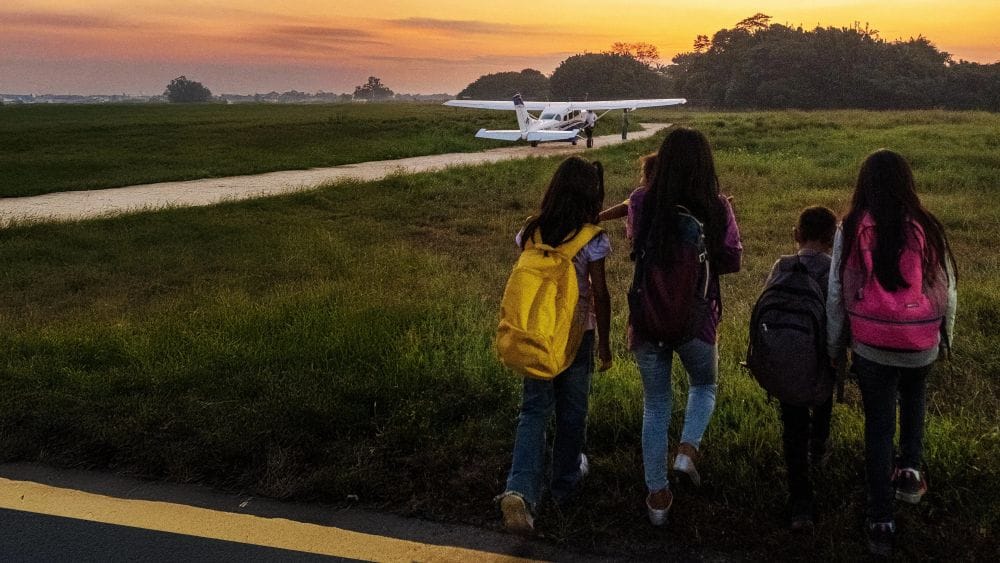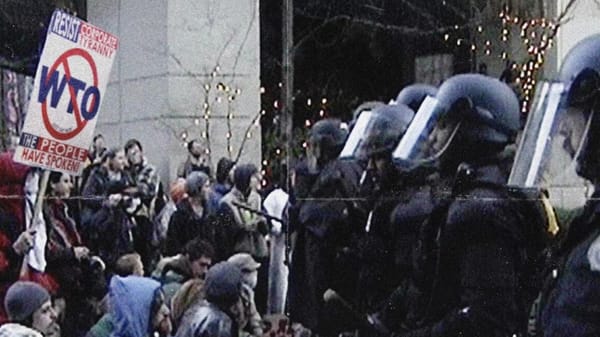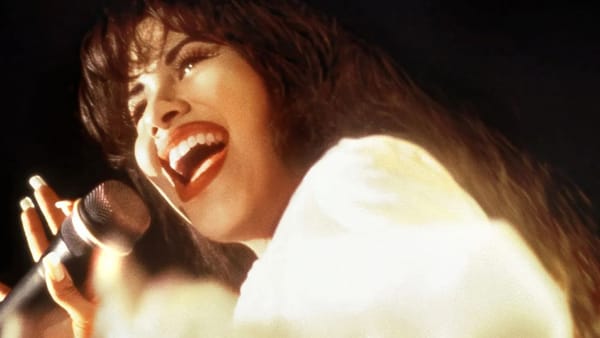Lost in the Jungle (dir. Elizabeth Chai Vasarhelyi, Jimmy Chin and Juan Camilo Cruz)

Several years ago, Elizabeth Chai Vasarhelyi and Jimmy Chin directed a movie about the efforts to save the soccer team that was trapped from deep inside that cave in Thailand. It was called The Rescue. One of the oddities of their career is that several of their feature documentaries could be called the exact same thing. There was Endurance about the search for Shackleton’s famous ship and the efforts of its crew to be rescued from Antarctica in the early 1900s. There’s also now Lost in the Jungle, about the efforts of the Colombian military and the indigenous people of that area to locate and rescue a family whose plane crashed in the Amazon rainforest. Maybe Nyad could have been called it, too—a rescue of the soul, perhaps. And then, of course, there was Free Solo for which the filmmaking pair won the documentary Academy Award and had audiences who saw that on a big screen (I saw it in IMAX!) probably needing to be rescued from their own nail-biting anxiety. What fun!
They are a curious directorial partnership. And prolific, too. They have a second film screening at festivals right now about wartime combat photographer Lynsey Addario titled Love + War. Collaborating here with BAFTA-winner Juan Camilo Cruz, Vasarhelyi and Chin use their familiar storytelling approach to tell the story of a mother and her four children in the most trying of situations. Lost in the Jungle takes their trademark recreations, adds animation, includes further flashbacks and features what appears to be real on-the-ground footage taken at the time of the actual rescue efforts, to build a story of perseverance and survival. As the story unfolds, it isn’t just about the time Lesly, Soleiny, Tien and Cristin Mucutuy spent walking in the Amazon, foraging for berries as their only sustinance, but also about the efforts made by local indigenous trackers to convince the military that they knew how to find them, and also of the kids’ mother, who perished in the plane accident, to endure under the abusive hand of her partner.

It’s a film that carried a lot of different angles to it. Maybe too many, honestly. It hangs a lot on its frame, but I appreciated that there was a bit more effort made to really grapple with the lives of this family and those around them, something I found missing in some of their earlier comparable works. They have achieved remarkable access to all the important players in this story including those who do not come off well by its revelations such as the father who was luring the Mucutuy family from their provincial life to Bogota when the plane tragically went down in dense, green jungle. Similarly, its themes around respect and honouring of the indigenous individuals whose knowledge and understanding of the jungle as well as their spiritual beliefs helped bring the children home in the face of a military that believed brawn and gunpower would do it. These two narratives make for strong intellectual connection even if, at times, the use of dramatic recreation of their efforts become somewhat monotonous.
My favourite element was how the children’s story was told. Following several earlier documentaries about the same incident (hardly surprising that Netflix could jump into that ring with last year’s The Lost Children), Vasarhelyi, Chin and Cruz gained access to the kids and allowed them to tell their story. Thankfully, they didn’t put them through the traumatic rigour of going back to film their ordeal for the benefit of audiences like you or I sitting in comfort at home or in a cinema. Their narration is aided by some really fabulous animation. Hardly a novelty anymore for a documentary, but this was among the more impressive uses of it that I can recall. The four children are instead represented as colourful line drawings that have been superimposed over newly shot footage of the jungle areas in which they camped for 40 days. It not only renders their story more palatable to watch (end-credit footage of their emaciated bodies is hard to witness!) but beautiful, too. Connecting them to the jungle in ways that feel appropriate and also kind of special. They are a part of the jungle and the jungle is a part of them. Aided by some gorgeous photography and, yes, animation of wildlife like sloths, snakes, vultures and monkeys, I found these to be the movie’s best and most cinematic sequences.
It does end on a bit of a sour pro-military note that I found incongruous with the rest of the movie, though. To me, the big take away was that there should be trust between nations and their indigenous people even if some of their methods sit far outside the realm of western ideas—I’m kind of surprised the Duende, a folkloric creature who confuses those in the jungle and is easily befuddled by bottles of booze(!) hasn’t been (inappropriately?) made the villain of some horror movie. It’s a small thing in a film that is otherwise quite strong.
If you would like to support documentary and non-fiction film criticism, please consider donating by clicking the above link. Any help allows me to continue to do this, supports independent writing that is free of Artificial Intelligence, and is done purely for the love of it.



